If you pay any attention to Education news you have probably at least heard of the Science of Reading. And if not that’s ok too! By the end of this post, you will know the basics of what the Science of Reading is and what it isn’t. Welcome to Science of Reading 101.
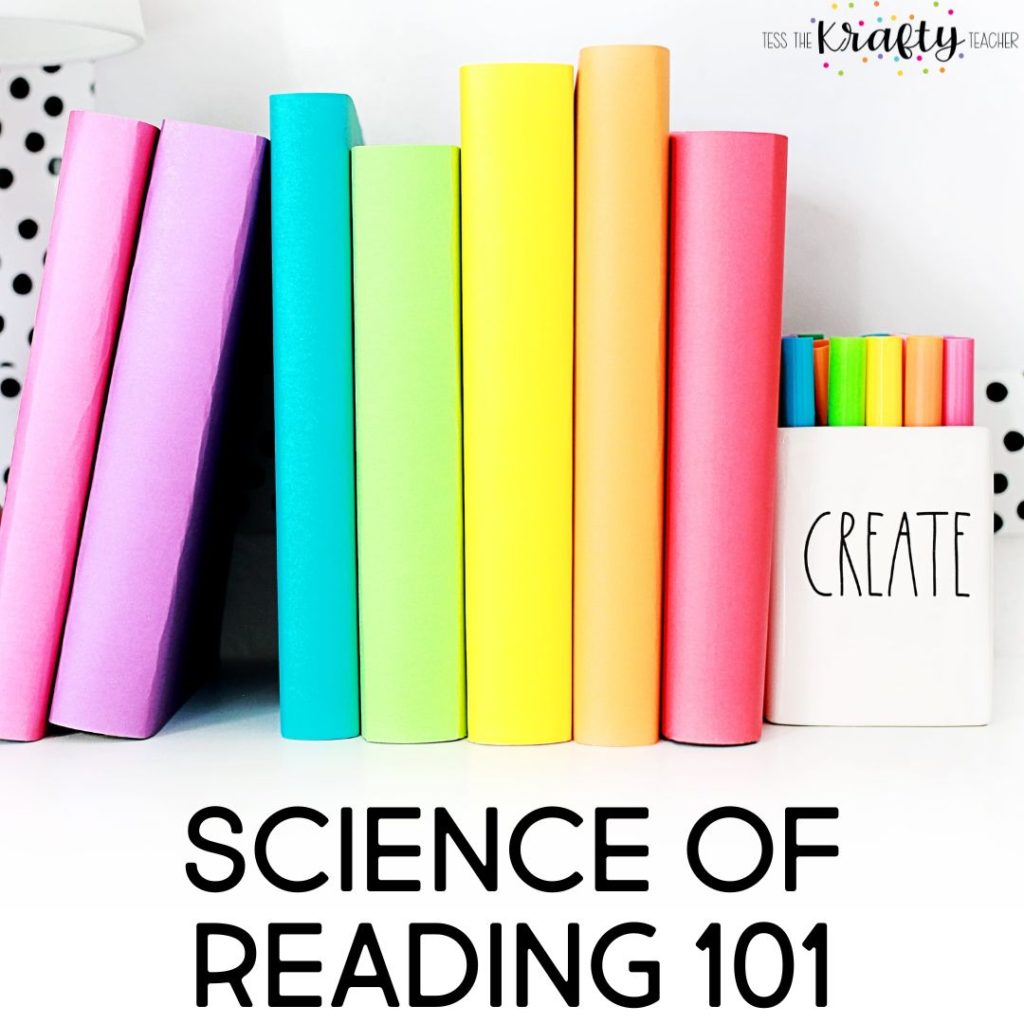
What is the Science of Reading?
The textbook definition would be something like this:
The Science of Reading or SOR is the body of research from the last 50 years in multiple languages on how the human brain learns to read and write proficiently. It includes research in the areas of developmental psychology, educational psychology, cognitive science, and cognitive neuroscience! That’s a lot of science!
I usually explain it like this; SOR is the research about how the brain learns to read.
The BEST way to teach reading is to use the brain science about how it learns to read easiest!
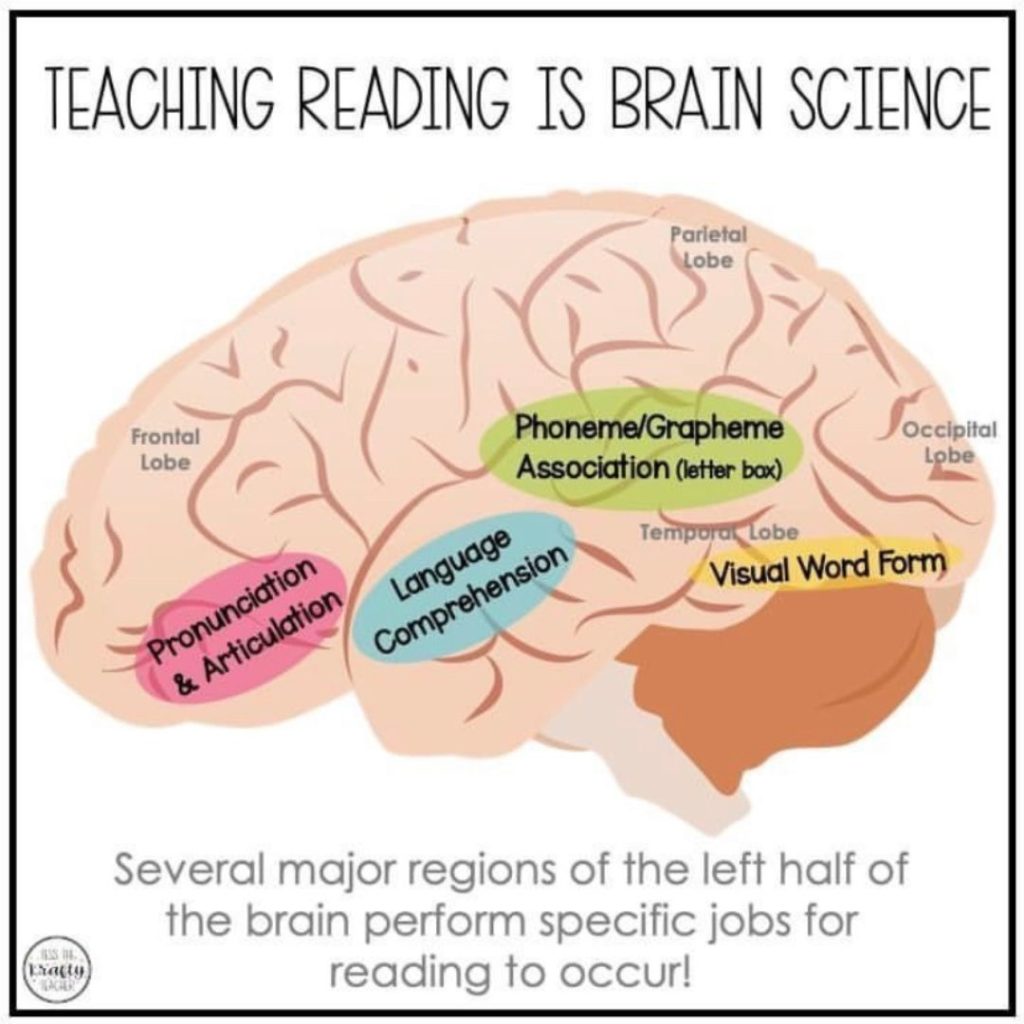
While the research has been around for some time the Science of Reading has been gaining traction in the last few years. There is a lot of information out there and I know that it can be overwhelming. But at least some of it is what you are familiar with. We just need to add in components if we are not doing them to ensure that ALL children learn to read.
What are the 5 Components of the Science of Reading?
- Phonological Awareness which includes Phonemic Awareness or PA
- Phonics
- Oral Reading Fluency
- Vocabulary
- Reading Comprehension
These come from Scarborough’s Reading Rope. I hope that they are all familiar to you but I’m guessing you have mostly focused on Reading Comprehension with some of the others thrown in for good measure or “balanced literacy”.
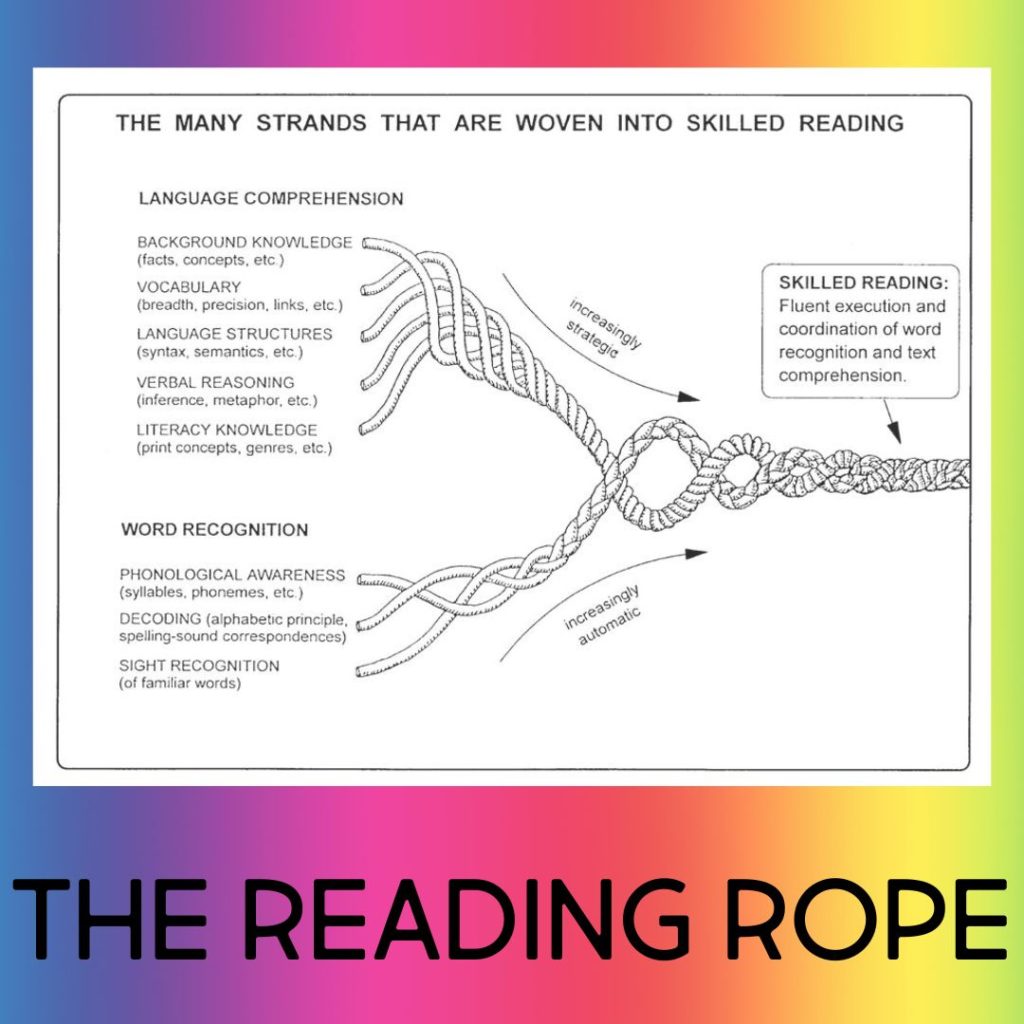
Let’s simplify it even further. The simple view of reading is this Word Recognition (decoding) x Language Comprehension = Reading Comprehension. That’s right TIMES if a child can not decode they can not read. Decoding is absolutely necessary.
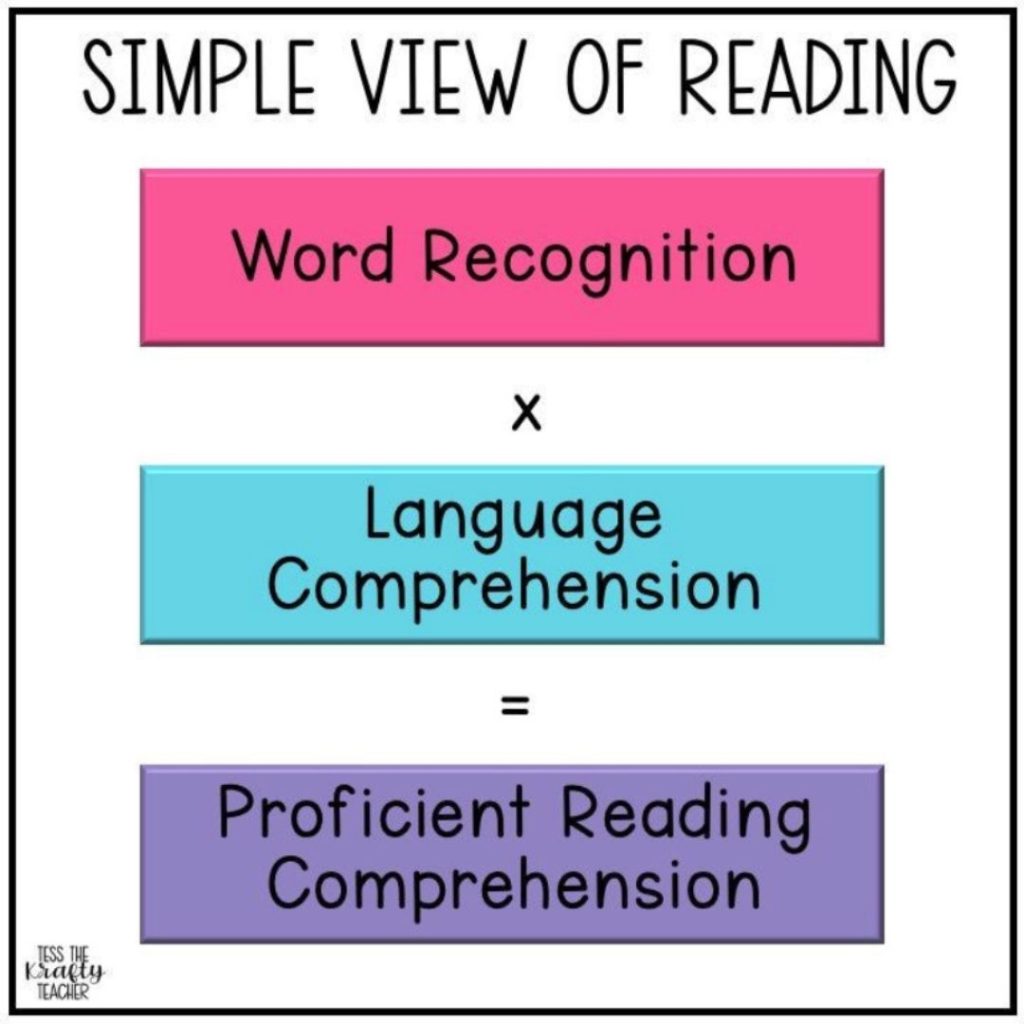
Phonemic Awareness
PA or Phonemic Awareness tends to be one of the areas that teachers are not familiar with (especially upper grade teachers) BUT poor phonemic awareness is one of the indicators of dyslexia. Phonemic awareness is being able to hear and manipulate sounds in words.
The two most important phonemic awareness skills are segmenting and blending. Segmenting is breaking apart of sounds like when we spell and blending is decoding.
Phonics
You might think that you know what phonics is but I am guessing there is WAY more to it than you might have thought. Phonics is the sound symbol relationships we have in English. Knowing that the /k/ sound can be spelled with the letter c or k or ck or even ch! Some of the aspects of phonics needed to have a strong science of reading approach are:
- alphabetic principle (letter knowledge and being able to form letters)
- scope and sequence (order in which concepts are taught)
- direct, explicit, systematic instruction
- syllable types
- decoding strategies not guessing
- morphology
- spelling “rules”
I can go on and on about Phonemic Awareness and especially Phonics! There are several other posts on my site about both. I am a reading specialist and teaching kids to read is my passion. It is my favorite thing. My next favorite is helping struggling readers overcome their struggles and learn to read. That has become so much easier since I began learning about and implementing the research from the Science of Reading.
The Science of Reading is NOT
- just Phonics
- another trend or pendulum swing in education
- a program
- only for students with a reading disability or dyslexia
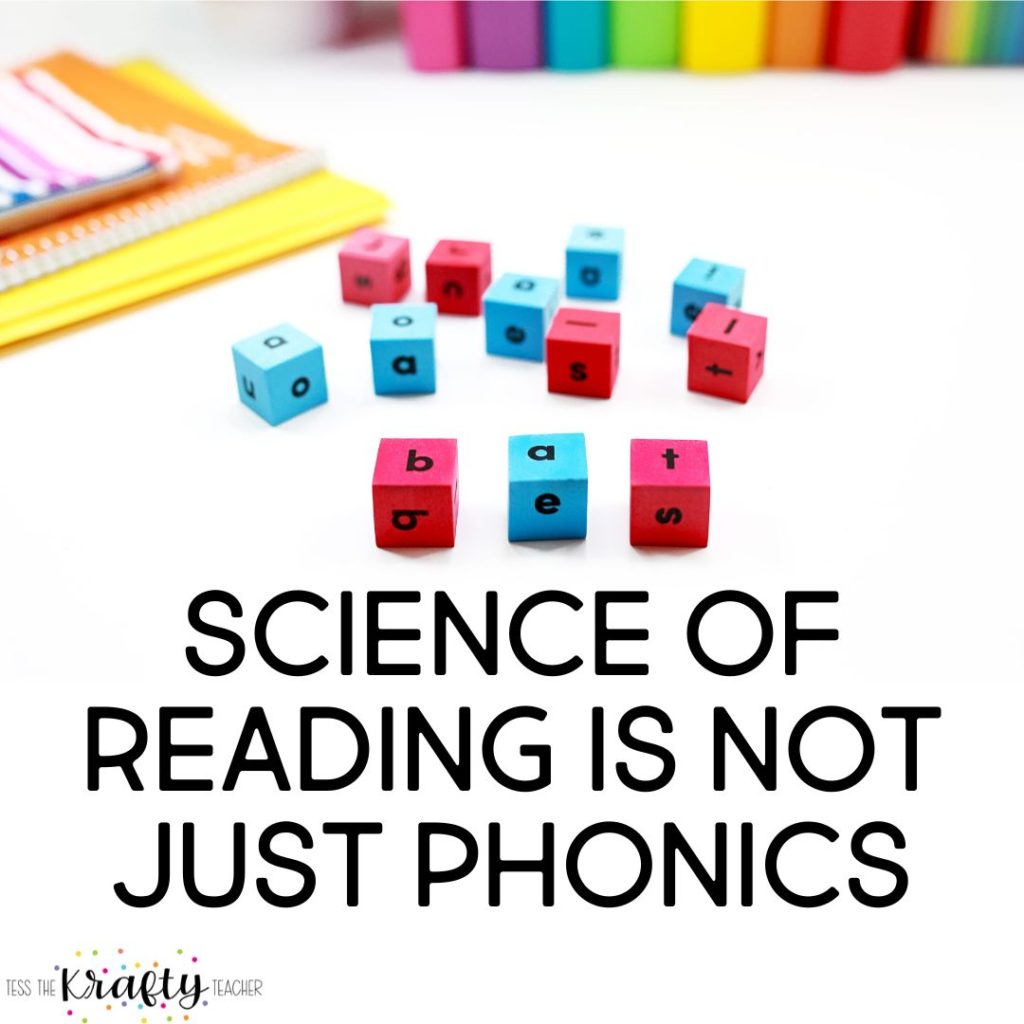
What’s the next step?
Thank you for reading Science of Reading 101! I know that this might feel like a lot and it is and there is actually so much more to it, this is just an overview. My goal was to familiarize teachers like you so that you can continue to research and evaluate your teaching craft. Even small changes supported by the research can have a HUGE impact on students learning to read!
Please feel free to email me with any questions you might have at kraftyteachermo@gmail.com!
Ready to learn more?
SOR Phonics Scope and Sequence
Teaching Sight Words using the Heart Word Method
PIN FOR LATER
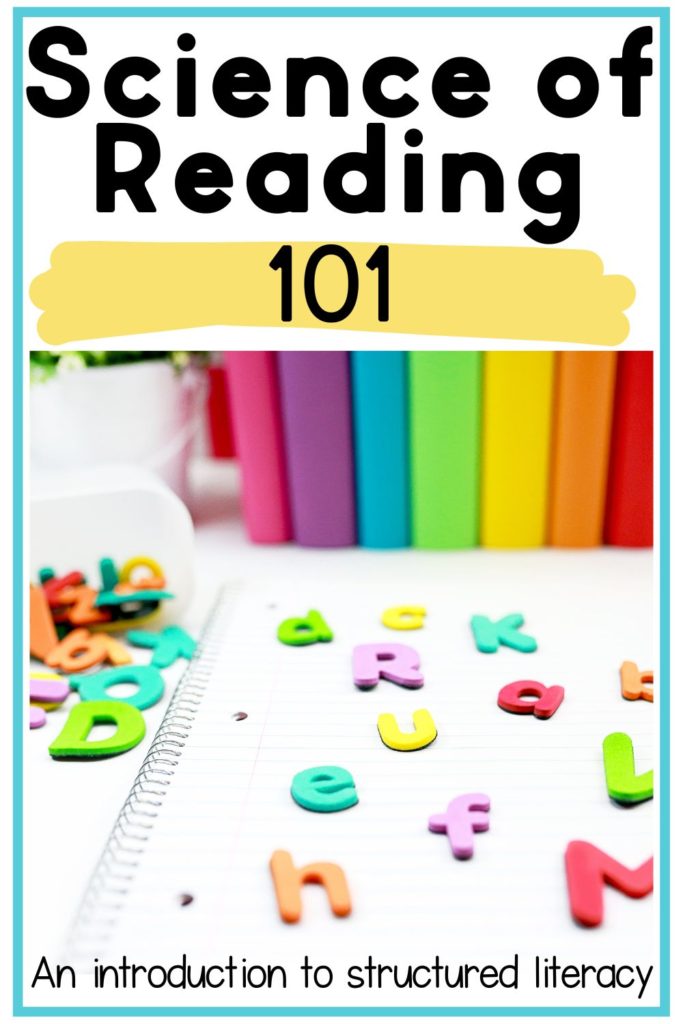


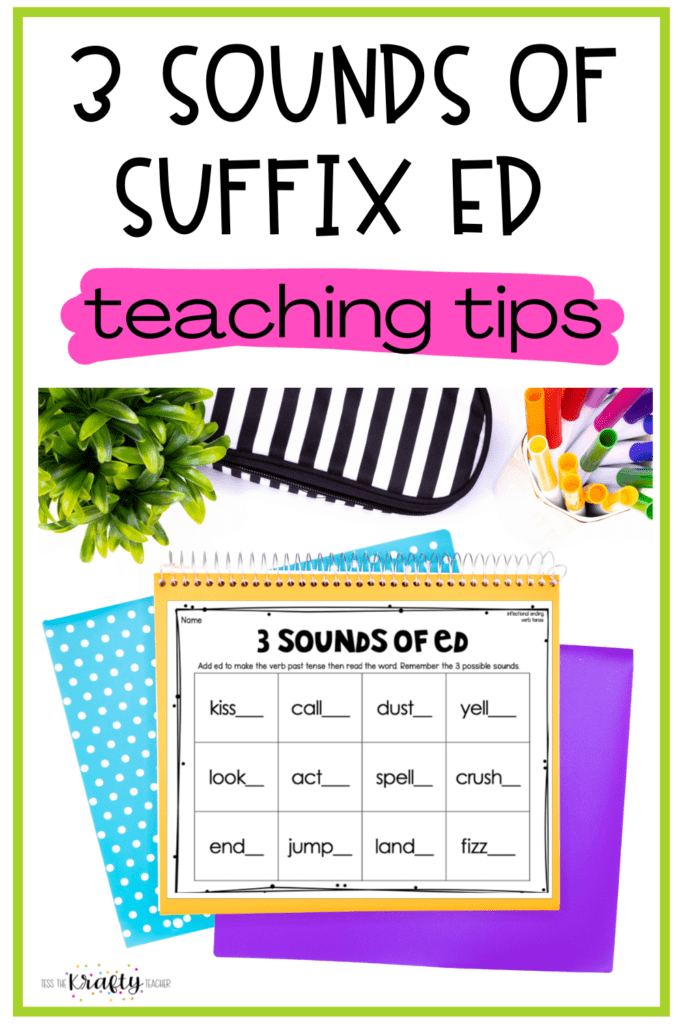
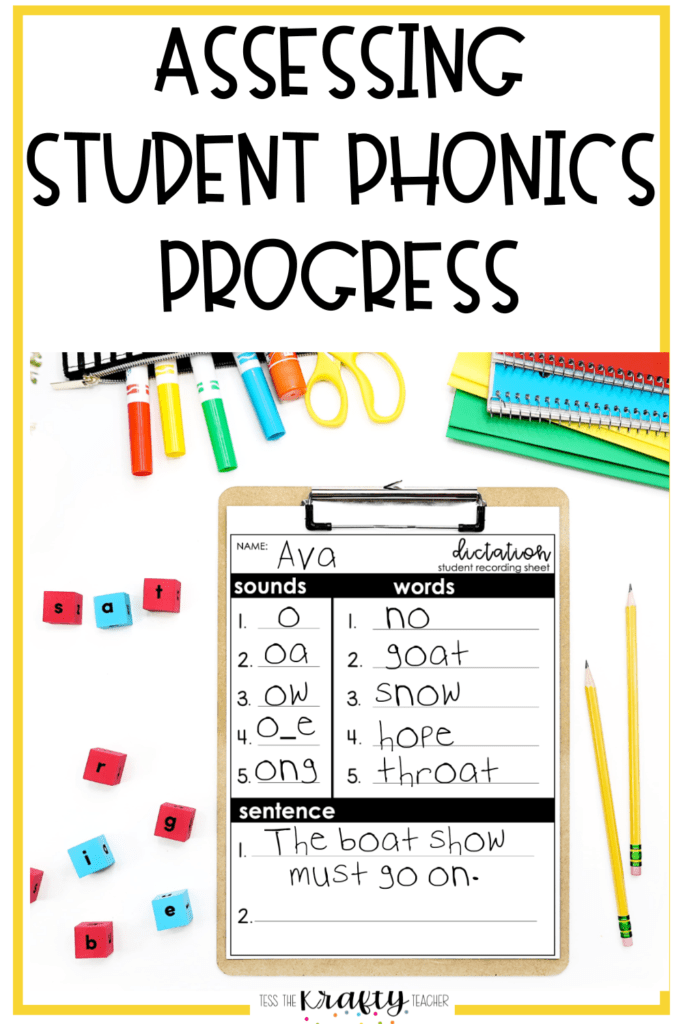
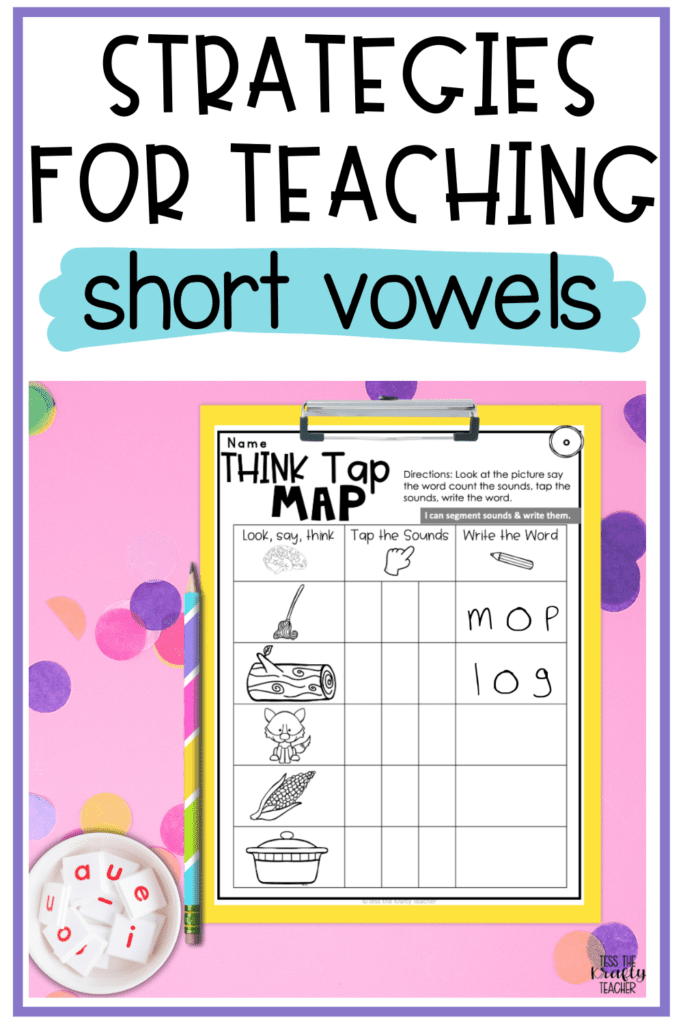
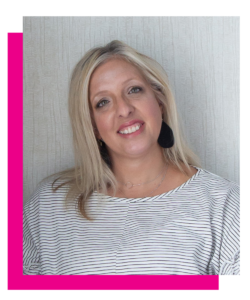
2 Responses